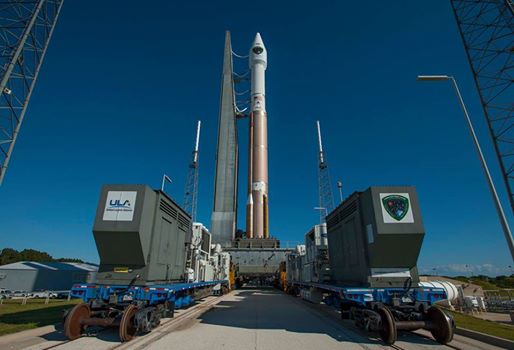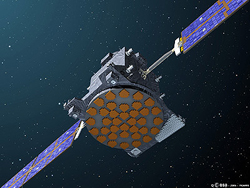Spain’s leading IT company, Indra, has begun a €1.5 million, 18-month project for the European Space Agency (ESA) to study the feasibility and definition of the European Geostationary Overlay Service (EGNOS) looking ahead towards a future multiconstellation regional system (MRS).
Spain’s leading IT company, Indra, has begun a €1.5 million, 18-month project for the European Space Agency (ESA) to study the feasibility and definition of the European Geostationary Overlay Service (EGNOS) looking ahead towards a future multiconstellation regional system (MRS).
A satellite-based augmentation system, EGNOS provides integrity messages and differential corrections for GPS satellite signals. The objective of the study is to analyze how EGNOS should evolve so as to take advantage of the greater number of satellites and constellations — as well as the greater volume and quality of information — that will be in place in a few years’ time.
Indra heads an industrial team that also includes Astrium-EADS (Germany), Deimos Engenharia (Portugal), INECO (Spain), Novatel (Canada) and the Polytechnic University of Catalonia (Spain).
The team will define the system requirements, technical specifications, and design of the necessary navigation algorithms, both for the system and the end user applications. This aim of the study is to analyze the possibility of evolving the current EGNOS system, turning it into a multiconstellation system. Such as system would be able to combine the signals of GPS, GLONASS, and the Compass/Beidou along with Europe’s Galileo to offer more advanced services to a greater number of users in critical, high-performance, or commercial application areas.
The European Commission is in the midst of a procurement of EGNOS services through the beginning of 2014.
The Indra-led team will consider a scenario for 2015-2020 in which the new system could, for example, offer services to toll companies to collect electronic tolling fees for only the kilometers travelled, or to construction companies to develop civil engineering projects that require a high degree of real-time positioning accuracy.
Once the study has been completed, the team will develop a preliminary prototype of a multiconstellation systems prior to its possible industrial development, based on a simulation of the various system components. Specifically, the prototype will reproduce the signals emitted by the different constellations, the evaluation process of the differential corrections, and the quality of service that a user would see in various locations of the coverage area.




![Indra Navia Leading the Evolution Towards Dual-Frequency GBAS Some of the equipment that makes up Indra’s GBAS; Image courtesy Indra[87]](https://insidegnss.com/wp-content/uploads/2025/11/Some-of-the-equipment-that-makes-up-Indras-GBAS-Image-courtesy-Indra87-150x150.jpg)

